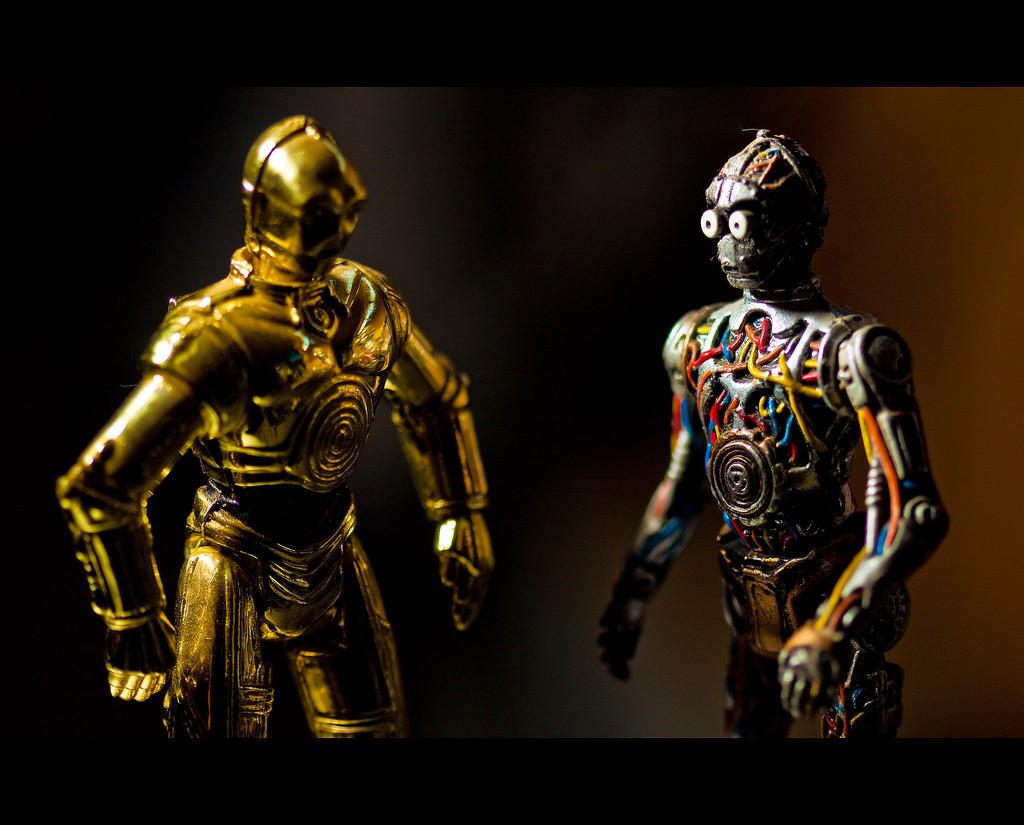Aerospace and defense, education, finance and healthcare industries to benefit the most from deep learning solutions, finds Frost & Sullivan
The ability to unravel layers of patterns in large data sets, transform age-old tabular structures into insightful representations, and deliver in-depth, human-like cognition are turning deep learning technologies into a significant component of artificial intelligence (AI).
 Evolution in the deep learning space will strongly influence emerging segments such as the Internet of Things, social computing, voice recognition, speech and text analyses, as well as image and object recognition.
Evolution in the deep learning space will strongly influence emerging segments such as the Internet of Things, social computing, voice recognition, speech and text analyses, as well as image and object recognition.
New analysis from Frost & Sullivan, Deep Learning Interfaces: Future of AI, finds that sectors such as aerospace and defense, education, finance and healthcare, which generate huge amounts of data, will benefit the most from deep learning solutions. In addition, these solutions prove beneficial to customer-oriented sectors like marketing, retail, and branding.
“Conventional machine learning algorithms are difficult to implement in small data sets as they fail to find patterns or abstractions that can help machines learn,” said Frost & Sullivan Tech Vision Research Analyst Sathya Vendhan. “On the other hand, deep learning is useful in both small and large data sets, enabling easier integration and in turn, deeper understanding of various patterns.”
Noteworthy developments deep learning interfaces enable include:
• in-depth analysis of human speech processing, and consequently, human–quality speech recognition
• algorithms that assist in unraveling customer insights and buying behavior as well as those that help recognize a wide range of emotional patterns, which will speed up the development of emoting robots in housework and decision-making robots in defense
• data analysis that facilitates the creation of highly customized products in defense, education, finance and retail
• identification of drug component patterns and improvement of bio-molecular target effects
“The scaling down of the technology’s application size will fast-track convergence with visual analytics and mobile applications,” anticipates Vendhan. “This will further catalyze the design of customer-centric products with diverse customization capabilities, and give birth to newer applications for deep learning technologies in the long run.”
